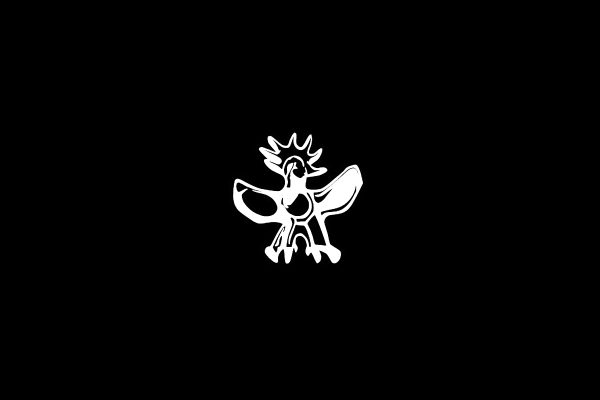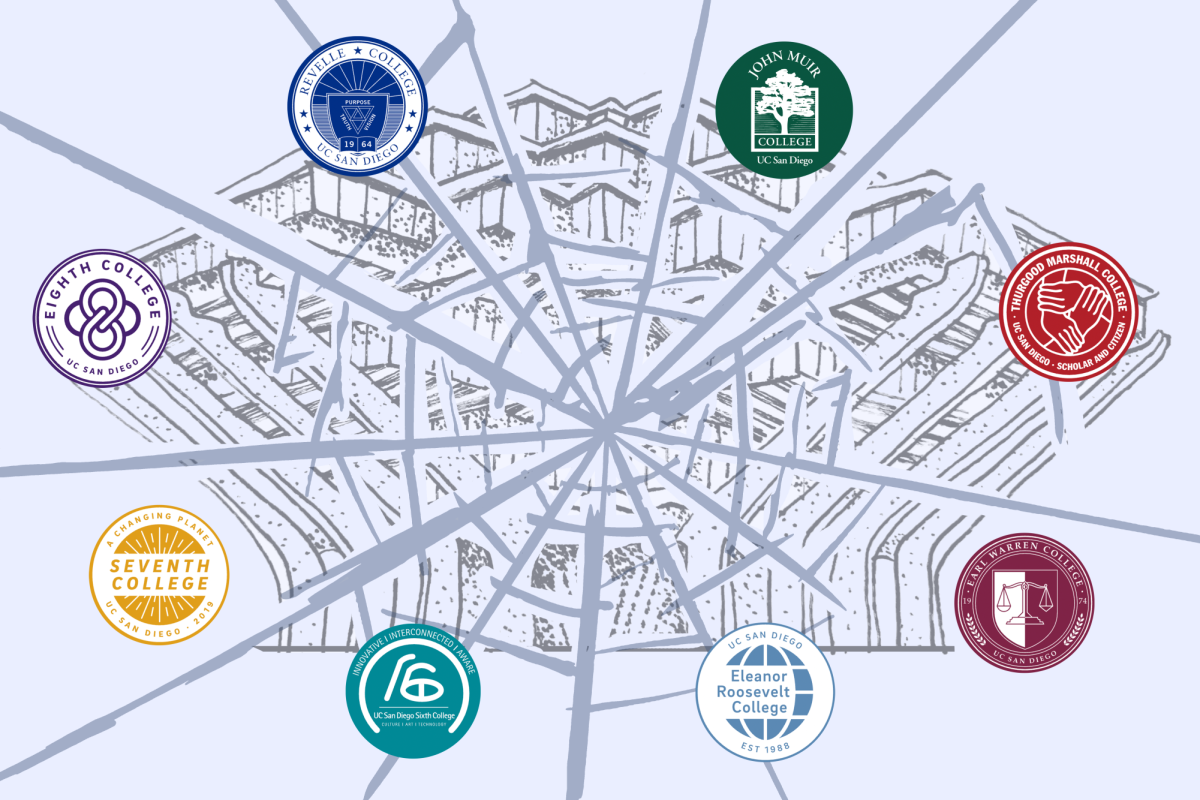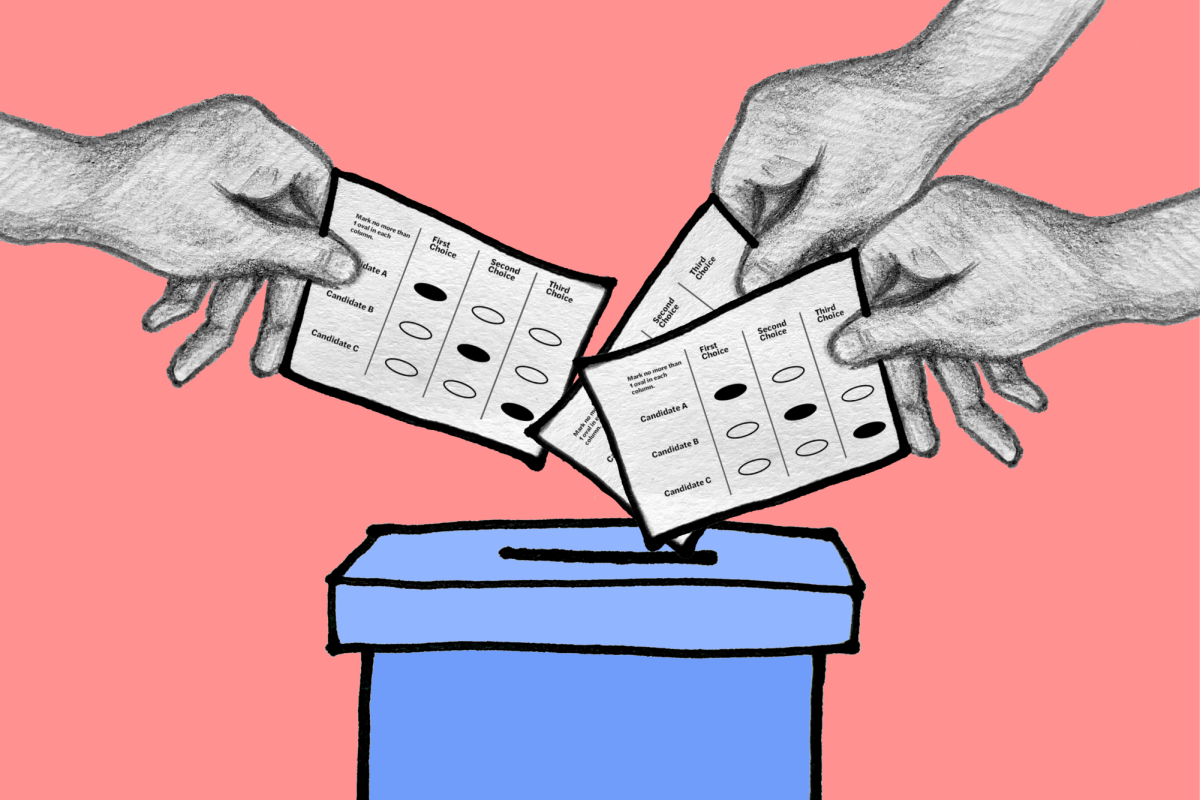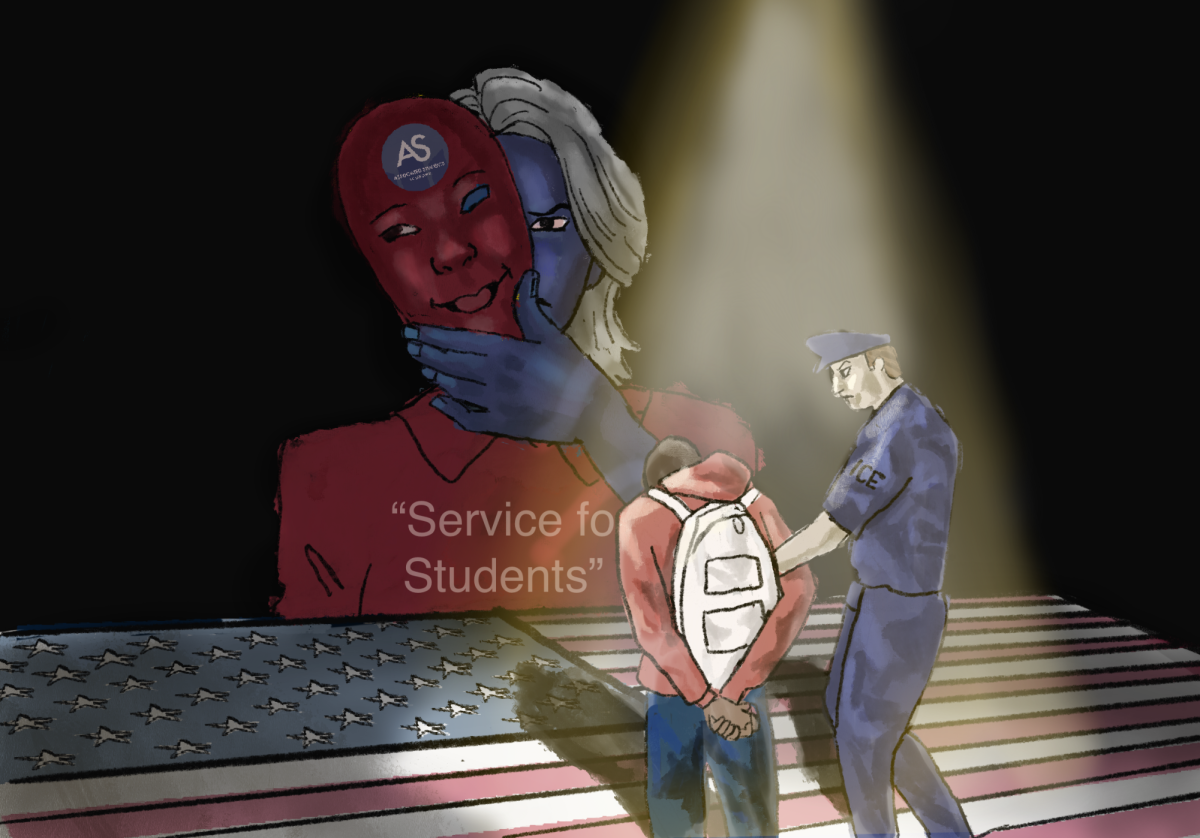Outrageous, creative resumes might be the key to landing that elusive job interview. There have been a few innovative resumes — such as ones styled like a brutally honest cover letter or an Amazon product page — that may seem foolhardy, but are actually landing people jobs. The Associated Press reports that 53 percent of college graduates under 25 are currently unemployed, so it might be ideal for students to take risks to stand out from the crowd. However, while showcasing marketable skills in new and inventive ways is a good idea, it is important that resumes reflect the nature of the position needing to be filled.
Presenting a resume that breaks away from the average job application form can be the key to getting an interview. An undergraduate finance major made headlines last month when he applied for an internship to a Wall Street investment bank. Aware of his lack of work experience, he wrote a cover letter that was brutally honest and self-deprecating, admitting that he comes from an average university and has no issues “fetching coffee, shining shoes or picking up laundry.” The applicant was able to portray himself as someone willing to work, aware of his inexperience and personable because of the humorous tone of the letter, which impressed employers — it contrasted with typical MBA applicants who exaggerate job titles and credentials.
Just as the cover letter showcased qualities that are important to the business field, the ingenious resumes that were most successful in landing jobs were primarily in fields that necessitated creativity and ingenuity as skills. For example, Google hired Eric Gandhi, who created a resume modeled off the popular search engine. Another innovative resume was created by web product manager Philippe Dubost who presented himself as a product on his Amazon.com-themed interactive resume. He lists his dimensions (186 centimeters), and the fact that there is only one of him “in stock.” Viewers on the page can select, just like you can on a product, any of the three languages he is fluent in. Adding him to your cart leads the employer to a contact form. Dubost built the page last month and since then has received up to 100 job-related emails. Both Dubost and Gandhi were successful at getting a job interview with their employer of choice, indicating that these bold resumes successfully showcased their relevant job skills.
A resume designed to look like a Twitter feed, however, may not be as helpful in landing a job in business or management positions, or even in fields like education, where proficiency in graphic design or a heavy emphasis on creativity is not necessary. Instead, employers are looking for focused, punctual employees who will do their jobs well.
Some see these creative resumes as a trick to distract those reading the letter from gaping holes in an applicant’s work experience, or a lack of marketable skills. Experts interviewed in a 2012 Forbes.com article, “Will a Graphic Resume Get You the Job? Experts Respond,” explained that creativity is a plus, but resumes need to still be information driven. A resume that is too flowery with little substance will not get an applicant far. Applicants must strike a careful balance between being gutsy and stepping over the line.
A resume is intended to interest your employers enough for them to want to know more about you. In the competitive job market, it may not be enough anymore to fill out the resume template on Word. Careerrealism.com states that using a resume from an overused template may make the job searchers seem unoriginal. Recruiters’ attention must be arrested within the first five seconds of seeing a resume, or it will be passed over, no matter how qualified the job searcher is.
Considering the handful of success stories, risky resumes may be the ticket to landing an interview.







